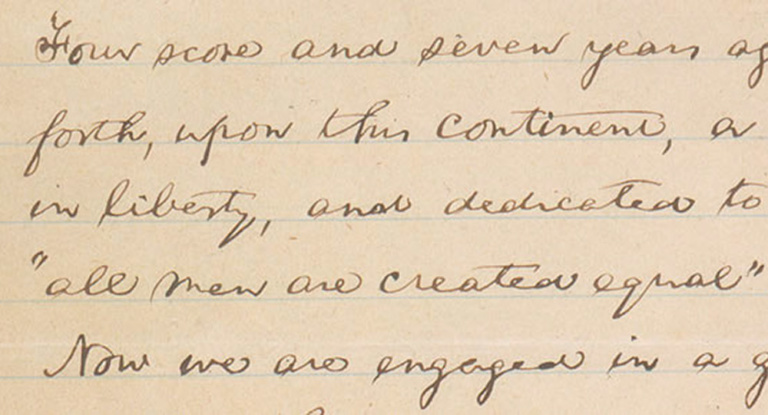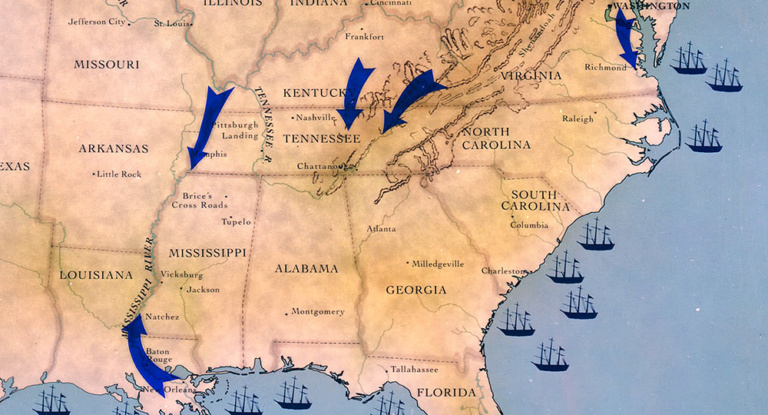
During President Obama’s campaign and his inaugural address, he recalled a time when thousands of America’s youth set out to the woods to work for the Civilian Conservation Corps during the Great Depression. Like Franklin Roosevelt and John Kennedy, President Obama saw great value in getting young people actively involved in building the country. This idea became law with the passing of the Edward M. Kennedy Serve America Act in March 2009. Both the president and first lady Michelle Obama have made promoting service work one of their major efforts.
Have students research the New Deal programs like the Civilian Conservation Corps. Discuss with students some of the highlights: FDR’s affinity with the outdoors and the national parks, the economic problems of the 1930s, the need to employ as many able-bodied citizens as possible, how those dire economic times compare with economic conditions in 2008-09. Then focus the discussion on the Civilian Conservation Corps and how it compares with the Edward M. Kennedy Serve America Act.
Next have students investigate the details of the national service programs promoted by the Obama administration at the Corporation for National & Community Service at www.nationalservice.gov. They can review the different programs offered and opportunities to become involved in serving their country. Then have them go to USA Freedom Corps Volunteer Network at www.serve.gov to find a service opportunity in their community. Have students form small groups and brainstorm different community service projects they might want to perform. The Web site at serve.gov asks students to submit their ideas and their Zip code. The Web site will find several different potential service projects in their area with description and contact information.
 Ken Burns
Ken Burns 


